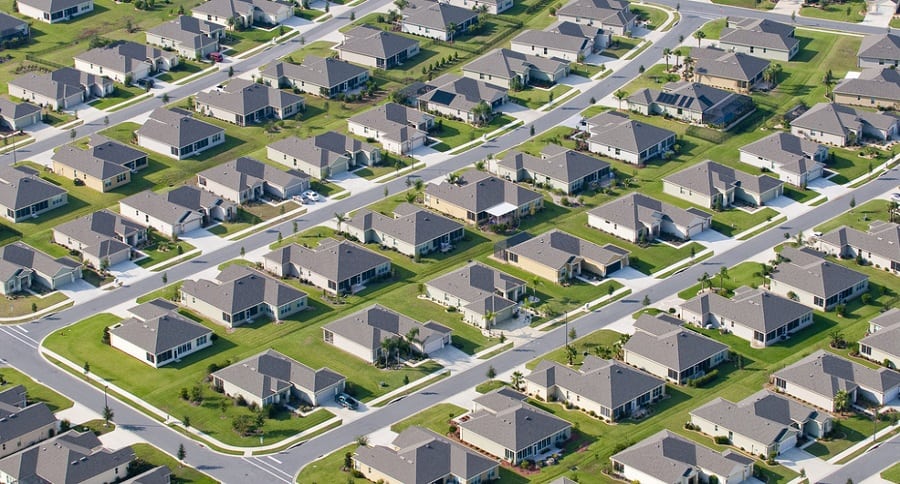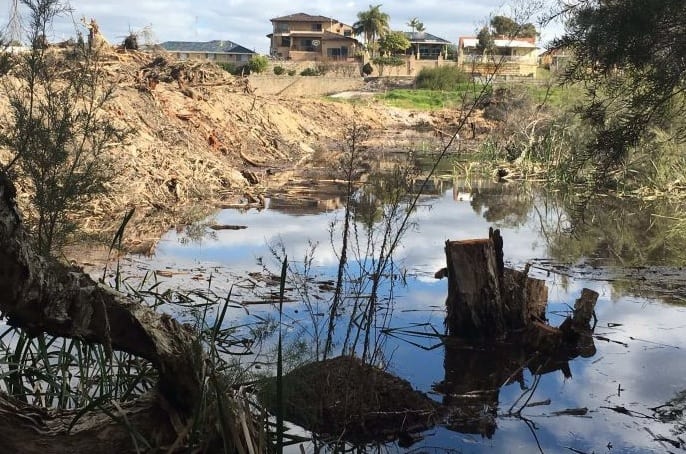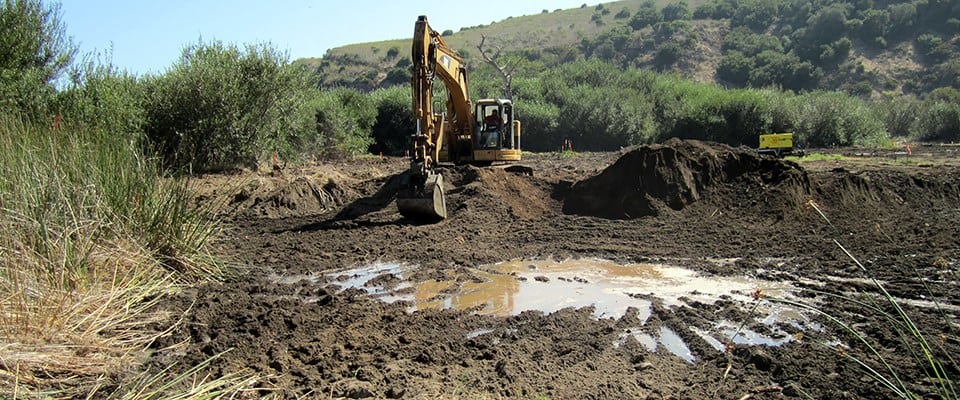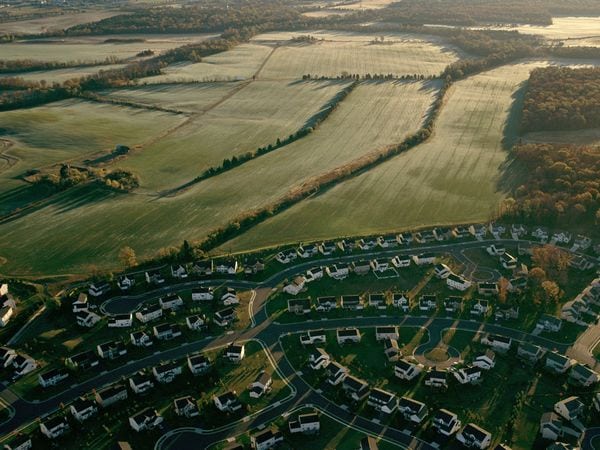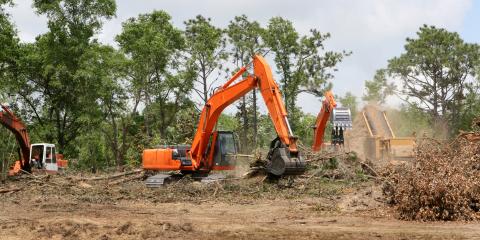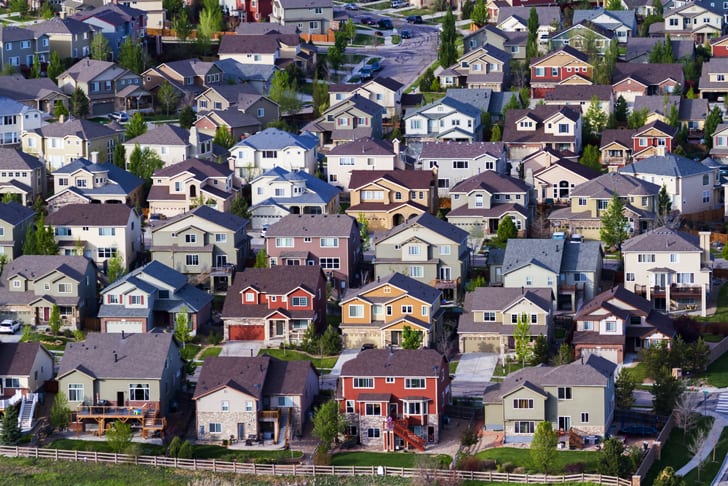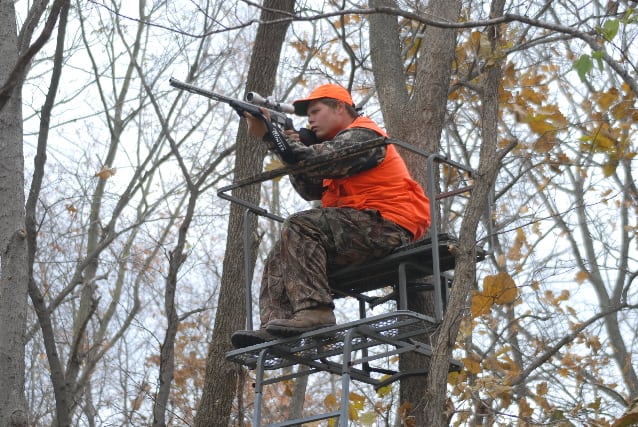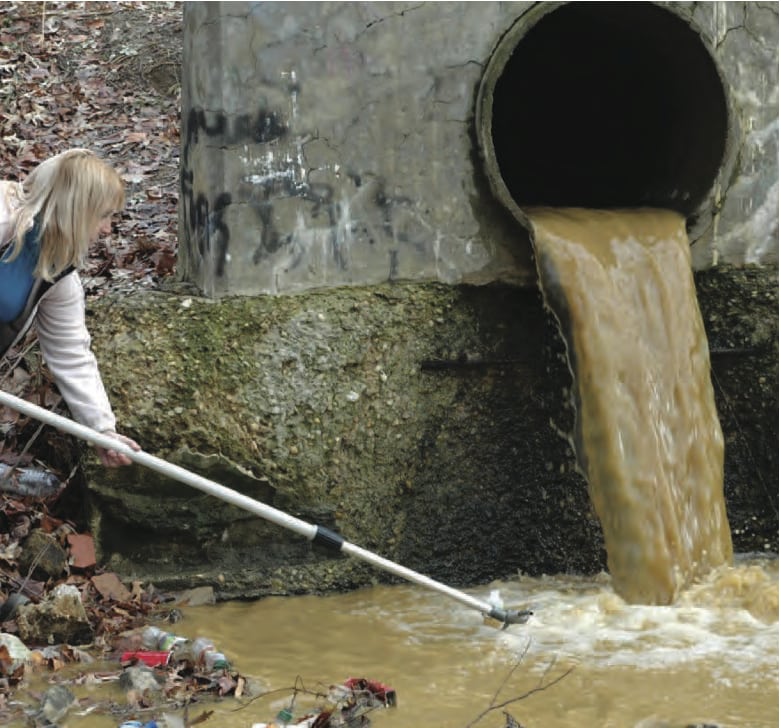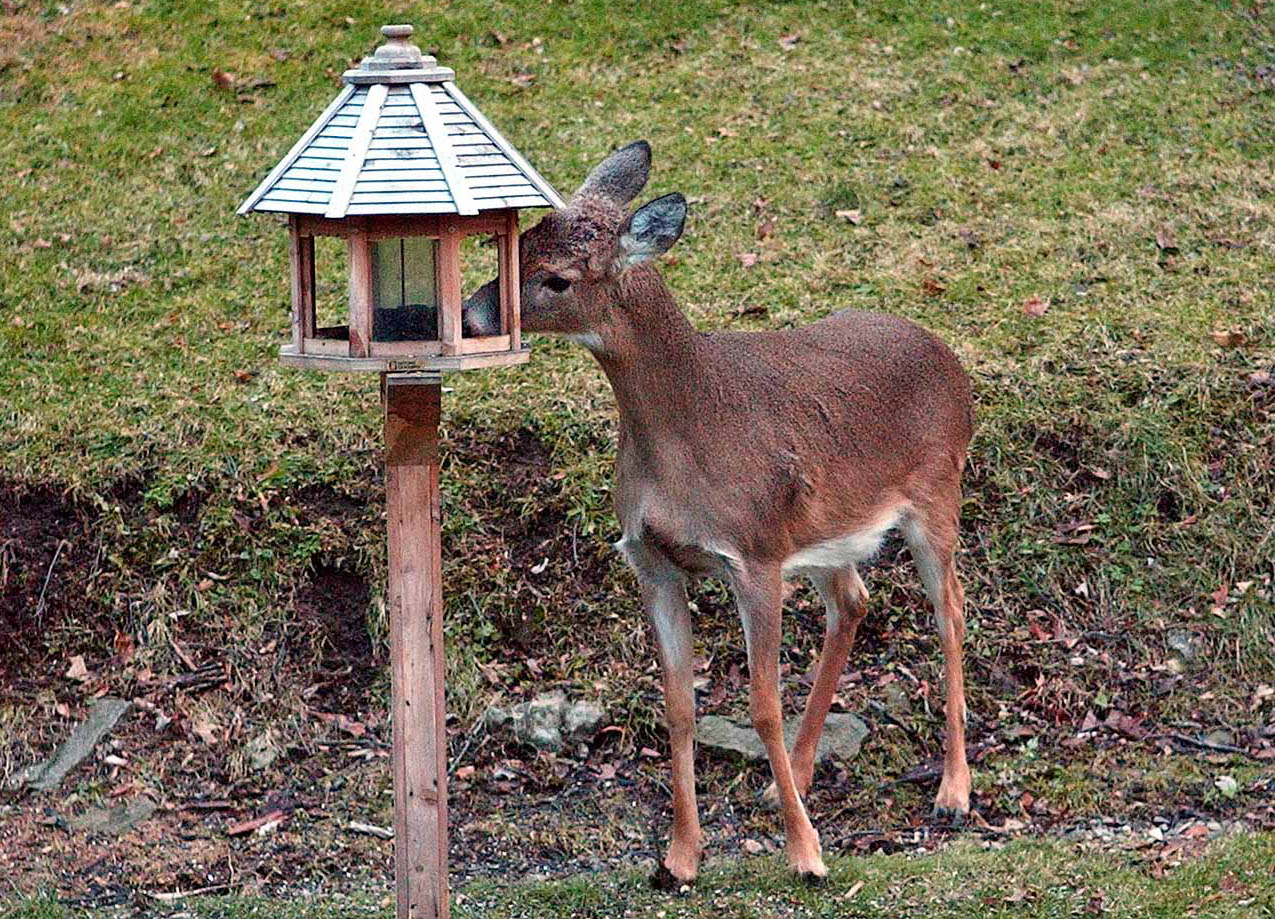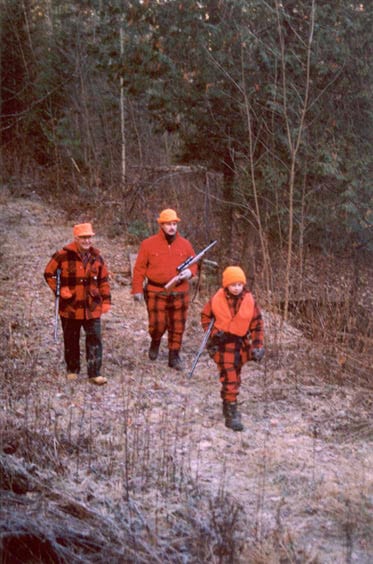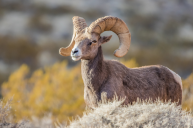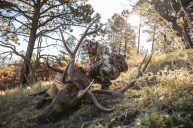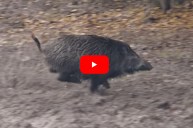Urban sprawl is the biggest consumer of wild places.
Most of us have a front-row seat to the massive destruction. Ever since I was a small boy, I've watched developers level wild land and eventually begin pouring concrete. I remember when I watched a primitive swamp area disappear across from my childhood home. A couple walks there with my family and this prehistoric location was roads and houses.
The destruction didn't stop there. Developers seemed to grab every bit of vacant land they could, building roads, office buildings and tightly compacted housing developments.
Because of the value this land offers, the venture of destroying wild areas is a very lucrative business for the land developers. The true cost of this money-driven destruction is our natural resources.
Here are 10 reasons every outdoorsman's worst enemy is urban sprawl.
Loss of wetlands
Drain that water, fill it with whatever you can find and build on it. That's exactly what's going on around the globe, as we continue to turn wilderness into urban areas. These lost wetland areas were once migratory bird havens home to many rare plants. Now it's urban development in the form of strip malls, high-density residential areas and single-family homes on postage-stamp-sized lots. Urban planning of major cities should take notice and at least incorporate open space for wildlife.
Loss of biodiversity
When developers destroy wetlands and other wild areas, they flatten plants and animals under the guise of "progress." And, when other areas are set aside for "wetlands delineation," turtles, frogs and plant life won't just sprout wings and move. It takes decades before a nature can achieve a proper ecosystem. Hunters can't harvest wild game out of season, but developers can wipe out a whole ecosystem. Sounds ridiculous, right?
Goodbye, family-owned farms.
Family-owned farms have always been essential to sportsmen and women, as well as society as a whole. Hunters help farmers deal with nuisance animals.
However, as older farmers pass on to greener pastures, land developers are snapping up chunks of agricultural land from the heirs. Population growth spurs on more urban growth. And, as a result, land development continues and the wild areas and fields we once hunted and the farm ponds we once fished fade away. All we have left our the memories.
Fractured and separated game animal populations
Any time you take a wild area and cut a road or development through the center of it, the wildlife suffers. The breeding power of the smaller secluded area is less than the original. Animals may find it hard to get across the traffic congestion of a four-lane highway. The populations on both sides are now genetically secluded. This occurrence can bring on weaker genes and diseases.
Loss of hunting lands and access to anything wild
Urbanization is squeezing many of us outdoorsmen and women from wild areas. High population density is taking apart every piece of former wilderness. Where there were once areas to roam, there now aren't. Even finding a sizable tree might be nearly impossible in your neighborhood. Air pollution deteriorates, quickly affecting man, beast and flora. The inner-city grows into the surrounding metropolitan areas and continues on.
Packed public hunting and fishing areas
As private lands are closed off to outdoor enthusiasts, we turn to public land. These areas are getting a whole lot more crowded these days. With the extra hunters, accidents are more likely to occur. Fishing areas become squabble zones where you'll hear, "You're fishing in my spot." The wild areas remaining get quite busy.
More water pollution impacting anglers
Sewage, road and fertilizer runoff plague our waterways. Fish species pay the ultimate price for poor water quality due to industrial and residential run off. Old fish habitats are now just full of sludge. Humans also feel the effects of this toxic mix.
Urban human populations vs. wild animals
Oh no, the deer are in the garden. The coyotes just ate the pet dog. The list goes on and on. When land is turned to a high-density development, the surviving wildlife has to somehow survive. The game species we once hunted and kept in check run the roads and backyards. We hit them with our cars. Communities are at war with overpopulated deer and overlook hunters for sharpshooters or birth control as solutions. As hunters, we've become obsolete in these politically correct urban-sprawl communities. People even run bowhunters off of areas where hunting would be permissible.
The death of an outdoors-based culture
Remember when your hunting and fishing mentors took you out for the first time? Remember the life lessons you learned and the respect you earned for the wilds? As trees fall and concrete replaces vegetation, these great learning areas are no more. It's getting harder to find proper outdoor classrooms to teach the next generation of outdoors enthusiasts.
Fewer new outdoorsmen and women
The number of hunters is now at a historic low. The number of people picking up our favorite hobbies isn't sustainable in many areas. It's easier for a lot of people to play video games sit on their phones instead of enjoying everything nature has to offer.
Do you like articles about the outdoors? Click here to view more articles by Eric Nestor. You can follow him @ericthewoodsman on Twitter, The Classic Woodsman on Facebook, and @theclassicwoodsman on Instagram. You can view more Nestor Photography photos at Nestor Photography.
NEXT: FIREARM REVIEW: HENRY REPEATING ARMS BIG BOY COLOR CASE HARDENED LEVER ACTION RIFLE
WATCH
